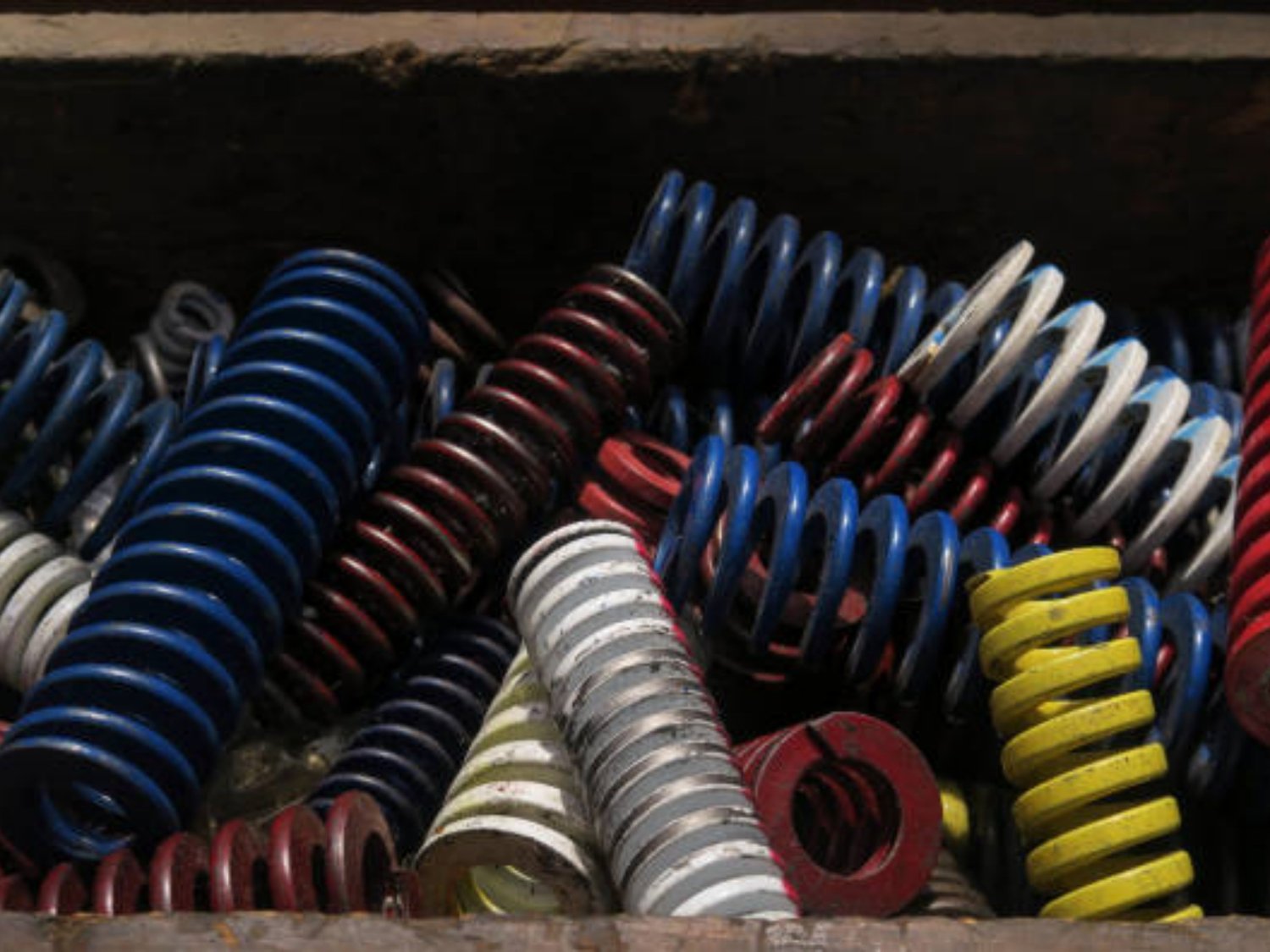compression spring for sale: The Ultimate Guide to Choosing the Perfect Spring
When it comes to finding the right compression spring for your needs, there are several factors to consider. Whether you're looking for a spring for industrial machinery or a small appliance, choosing the right one can make all the difference in the performance and longevity of your equipment. In this article, we will explore the various aspects of compression springs for sale, from their design and materials to their applications and benefits. By the end, you'll have all the information you need to make an informed decision and find the perfect compression spring for sale.
1. Understanding Compression Springs
Compression springs are mechanical devices that store potential energy when they are compressed. They are commonly used to resist force and provide resistance, allowing for smooth and controlled movement in various applications. These springs are typically made of high-quality materials, such as stainless steel or carbon steel, which ensures their durability and flexibility.
2. Design Considerations
When choosing a compression spring for sale, it's important to consider the design factors that will affect its performance. These include the spring's dimensions, such as its outer diameter, inner diameter, and wire diameter. Additionally, you'll need to determine the number of coils and the type of ends (closed and ground, closed and not ground, open, or square) that will best suit your application.
3. Material Selection of Compression Springs
The choice of material for your compression spring is crucial, as it directly impacts its strength, corrosion resistance, and temperature resistance. Stainless steel is a popular choice for its excellent corrosion resistance and durability. Carbon steel is another common option, known for its affordability and high strength. Other materials, such as alloy steel and music wire, offer specific properties that may be required for certain applications.
4. Load and Deflection of Compression Springs
The load and deflection requirements of your application will determine the spring rate and the amount of force the compression spring can withstand. It's essential to accurately calculate the maximum load and deflection your spring needs to handle to ensure optimal performance and prevent premature failure.
5. End Configurations of Compression Springs
The end configurations of a compression spring play a significant role in its functionality. Closed and ground ends provide stability and ensure a flat surface for load distribution. Closed and not ground ends are less expensive and suitable for applications with lower precision requirements. Open ends allow for reduced solid height and increased travel distance. Square ends provide stability and prevent the spring from buckling under compressive loads.
6. Spring Rate and Stress
The spring rate, also known as the spring constant, determines how much force is required to compress the spring a certain distance. It is essential to choose a compression spring with the appropriate spring rate to meet the load requirements of your application. Additionally, understanding the stress levels the spring will experience is crucial to ensure its longevity and prevent failure.
7. Surface Finish and Coating of Compression Springs
The surface finish and coating of a compression spring can enhance its performance and protect it from corrosion and wear. Various options, such as zinc plating, powder coating, or epoxy coating, provide different levels of protection and aesthetic appeal. Consider the environment in which the spring will operate to choose the most suitable surface finish and coating.
8. Quality and Testing of Compression Springs
When purchasing a compression spring for sale, it's essential to ensure its quality and reliability. Look for manufacturers or suppliers that adhere to strict quality control standards and perform thorough testing on their springs. This includes stress testing, load testing, and fatigue testing to ensure the spring meets or exceeds industry standards.
9. Applications of Compression Springs
Compression springs find applications in a wide range of industries and products. They are commonly used in automotive suspensions, industrial machinery, medical devices, appliances, and even toys. Their ability to provide controlled force and resistance makes them indispensable in many mechanical systems.
10. Benefits of Choosing the Right Compression Spring
Choosing the right compression spring for your application offers several benefits. It ensures optimal performance, increased durability, and improved safety. A well-designed and properly selected compression spring can also reduce maintenance costs and downtime, leading to higher productivity and efficiency in your operations.

